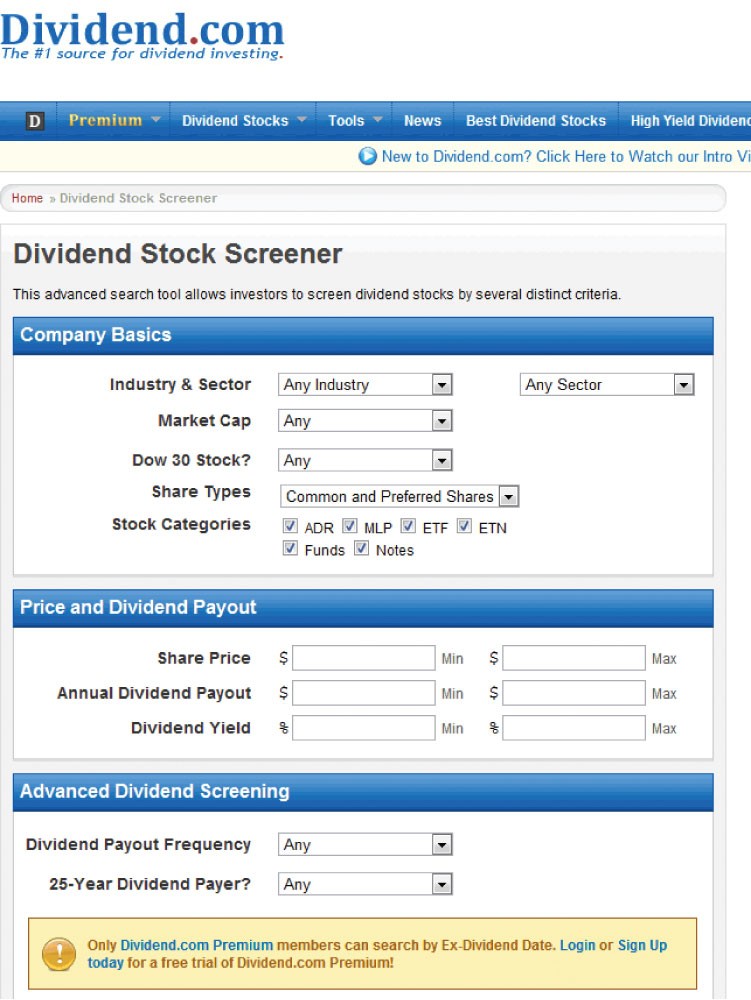Dividendpaying stocks dividends investing interest
Post on: 2 Май, 2015 No Comment

NEW YORK ( TheStreet ) — In normal times, a fixed-income investor would be well served by a sizable allocation to certificates of deposit. With a good laddering strategy, you could tie up some money in long-term CDs for higher yields and use short-term CDs for quick access to your money. And FDIC insurance would guarantee against loss.
But times have not been normal for years, and CD yields remain so low that an allocation to longer-term CDs wouldn’t earn enough to justify locking your money away. The five-year CD yield averages a paltry 0.795%, according to the BankingMyWay.com survey. With earnings that low, you might as well keep your cash in a checking account, emphasizing safety and liquidity over income.
But yield-hungry investors might also be wise to take another look at an asset class many have shunned in recent years: dividend-paying stocks. Some, such as Verizon (VZ ) and AT&T (T ). are yielding well over 4%.
Granted, dividend payers are not a perfect alternative to bank savings. Stocks can lose money and often do, and companies that run into trouble sometimes trim or eliminate their dividends. It would be foolish to put next week’s grocery money into any stock, no matter how big the dividend.
But not all cash is kept for immediate expenses, or even for a rainy-day fund. Many investors have built up cash reserves by shifting money out of the bond portions of their portfolios. Bond yields are also very stingy today, and bond holdings, unlike bank savings, can lose value if rising interest rates reduce demand for older bonds paying lower yields.
Although bond investors have done very well in recent decades, that’s because falling interest rates had the opposite effect, making older, more generous bonds sell at a premium. Now the music has stopped and yields are much more likely to rise than to fall, making bonds very risky. Yields are just too low to justify that risk, with the 10-year U.S. Treasury bond paying just 1.88%.
That makes the higher yields on dividend-paying stocks pretty attractive. But what about the risks?

No one can forecast the stock market for sure, but Jeremy Siegel, the Wharton business school professor and author of the bestseller Stocks for the Long Run. believes stock market risks are low enough to make dividends a good option for some money that at other times would be allocated to bonds.
A key factor, he says, is the relatively modest PE ratio figured by dividing stock prices by annual corporate earnings. Today, the ratio for the Standard & Poor’s 500 stock index is around 14, about half what it was when that index was around this same level more than a decade ago. The lower the ratio, the safer the stock market, because investors are paying less for every dollar of corporate earnings, which are used to pay dividends or to reinvest in ways intended to boost the stock price.
Siegel is bullish on the stock market, believing it can rise as much as 20% by the end of the year and continue to go up in coming years. He believes the U.S. economy will continue to grow stronger, and although that could eventually spur inflation, he notes that stocks have built-in inflation protection, since companies can charge more for the goods and services they produce, offsetting higher costs of labor and materials. Bonds, on the other hand, are hammered by inflation.
Nothing is guaranteed, but dividend-paying stocks are worth a look, he says.














